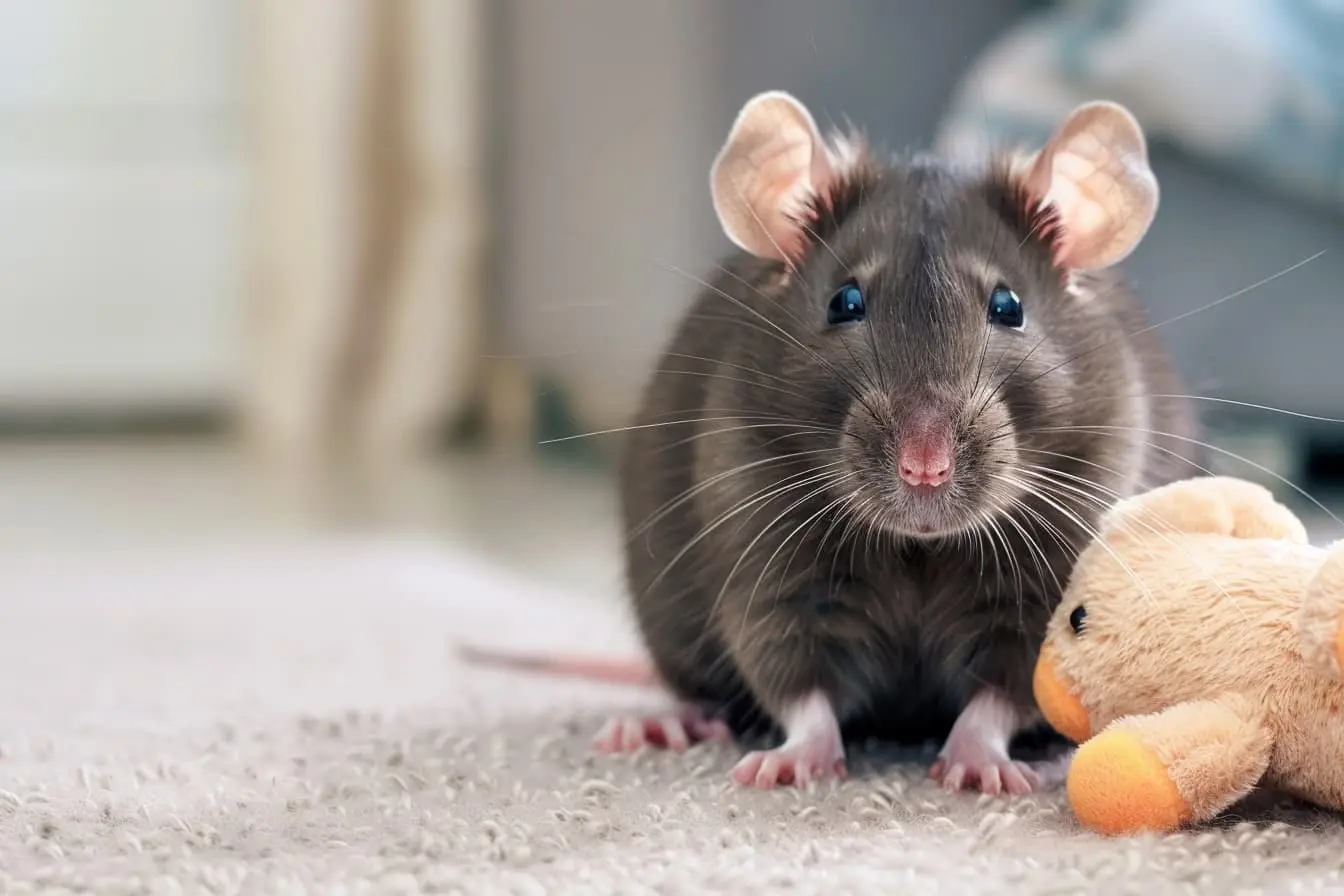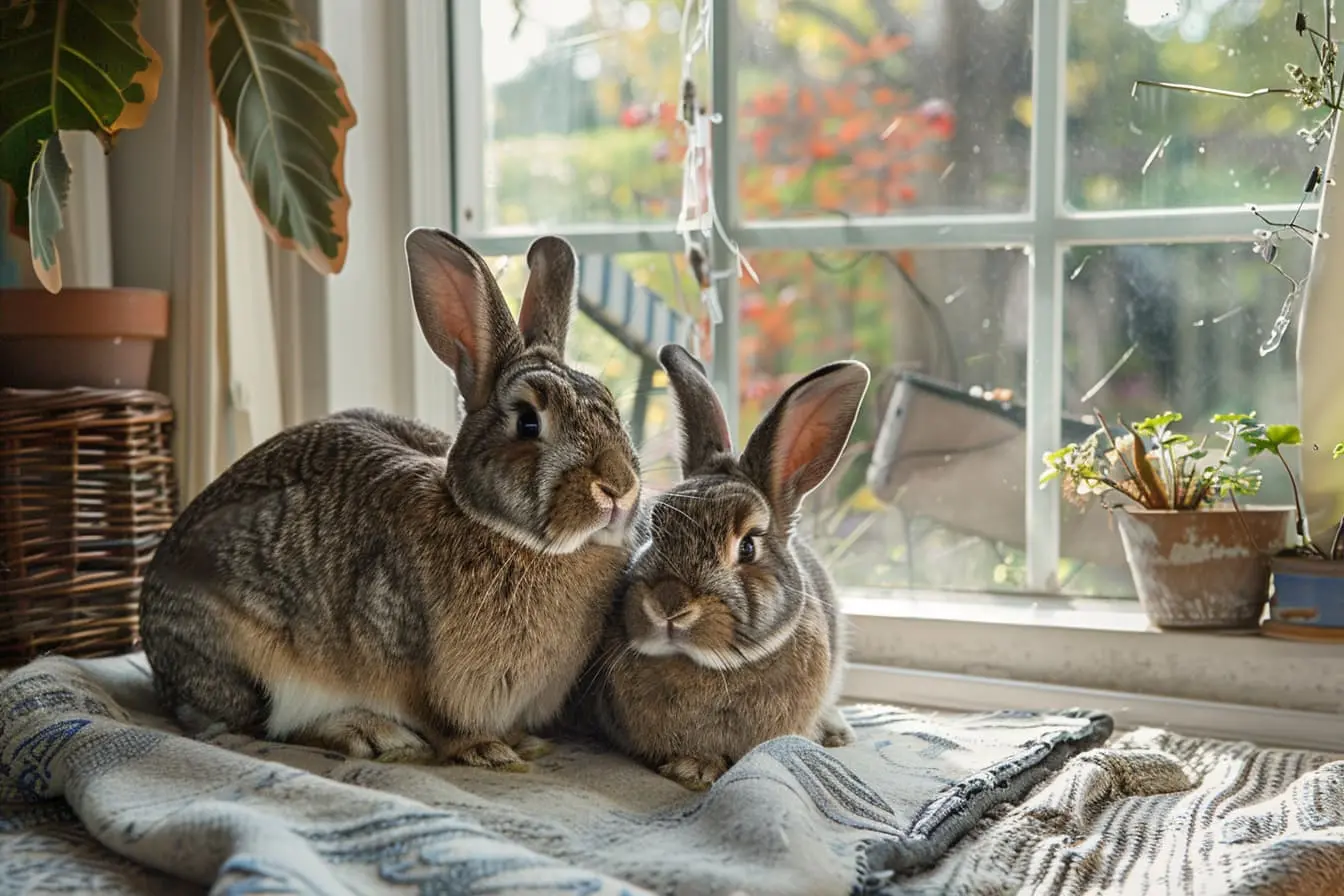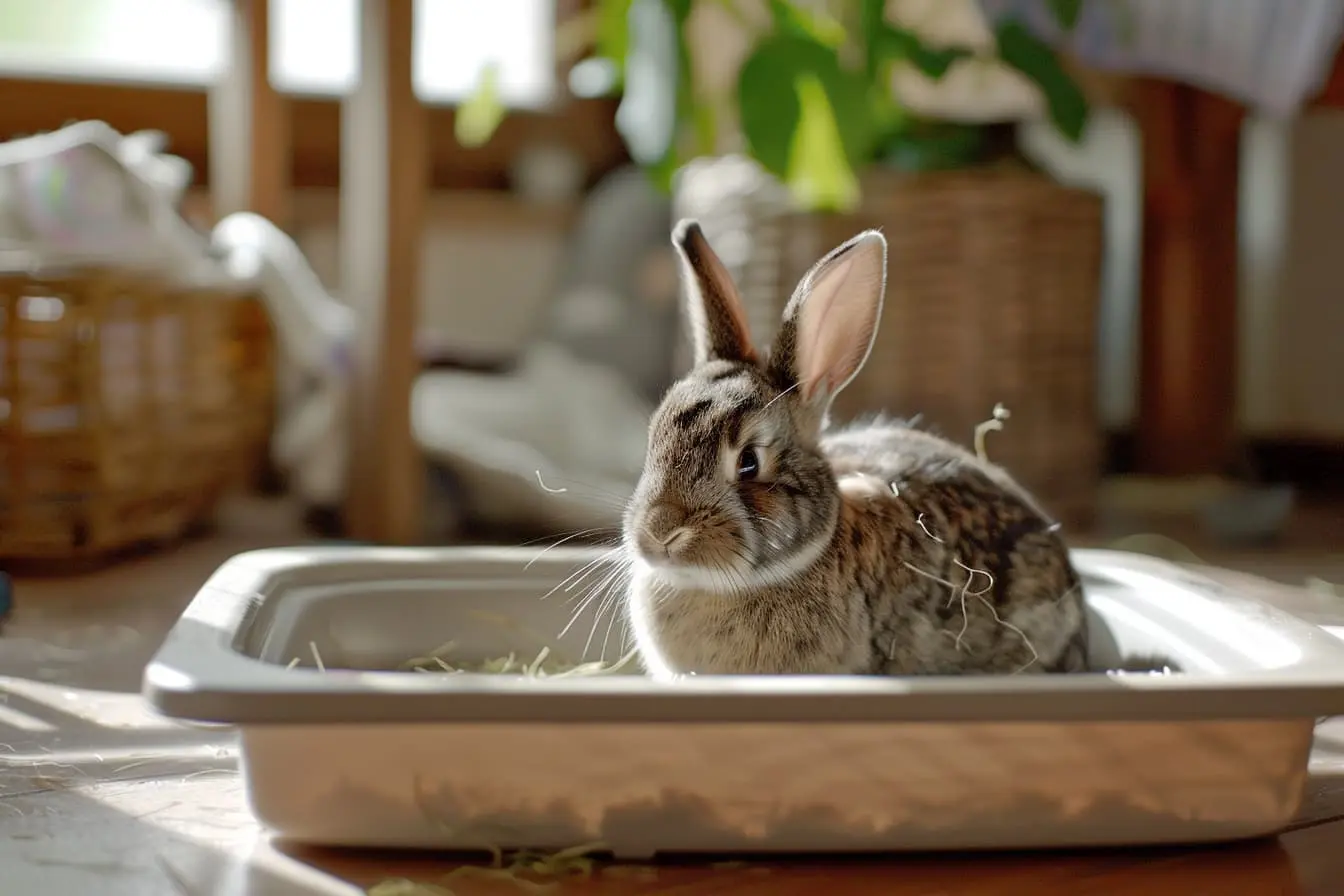
The Clever Critters: Teaching Your Pet Rat Tricks
Pet rats are among the most intelligent and affectionate small pets you can own. Their keen minds and agile bodies make them perfect candidates for learning a variety of tricks, which can enhance their lives and deepen your bond. Here's a step-by-step guide to teaching your pet rat some fun and impressive tricks, using positive reinforcement and patience.
Understanding Rat Behaviour
Rats are social creatures that thrive on interaction and mental stimulation. They learn quickly, especially when motivated by treats and affection. Training should be fun, engaging, and part of your daily interaction with your rat.
Building Trust
Trust is the cornerstone of any successful training. Spend time with your rat daily, handling it gently and offering treats from your hand. A rat that trusts you will be more eager to learn and participate in training sessions.
Basic Commands to Start With
Coming When Called
- Technique: Begin with your rat in a safe, enclosed area. Call its name followed by a consistent command like "come" and reward it with a treat when it approaches you.
- Tips: Use a high-pitched voice for the command; rats respond well to higher frequencies.
Litter Training
- Technique: Place a litter tray in your rat’s enclosure and encourage its use by placing droppings in the tray. Reward your rat with treats each time it uses the tray correctly.
- Tips: Be patient and consistent. Rats are naturally clean animals and will usually take to litter training quite well.
Step 3: Fun Tricks to Impress
Fetching
- Technique: Use a small, light object and toss it a short distance away. Encourage your rat to fetch it by luring it back to you with a treat. Use the command "fetch" during the process.
- Tips: Start by placing the object close to your rat and gradually increase the distance.
Spinning
- Technique: Hold a treat above your rat’s head and slowly move it in a circle around its body, using the command "spin". Reward your rat once it completes a full circle.
- Tips: Guide your rat gently and avoid making it dizzy.
Advanced Tricks
Jumping Through Hoops
- Technique: Start with a hoop on the ground and lure your rat through it with a treat, using a command like "jump". Gradually raise the hoop as your rat becomes comfortable with the trick.
- Tips: Ensure the hoop is always low enough for your rat to jump through safely.
Ringing a Bell
- Technique: Introduce a small bell and encourage your rat to touch it with its nose by holding a treat behind it. Use the command "ring". Reward any interaction with the bell initially, gradually requiring a clearer ring for a treat.
- Tips: Be patient and celebrate even the smallest progress.
Consistency and Patience
Training sessions should be short (about 10 minutes) to keep your rat engaged and not overwhelmed. Consistency in commands and rewards is key. Remember, every rat learns at its own pace; patience and positive reinforcement are crucial.
Health and Safety
Always monitor your rat for signs of stress or fatigue during training and give it plenty of time to rest. Ensure all training activities are safe and suitable for your rat's size and physical capabilities.
Conclusion
Teaching your pet rat tricks is a rewarding experience that strengthens your bond and provides valuable mental and physical exercise for your rat. With consistency, patience, and positive reinforcement, you'll be amazed at what your clever critter can achieve. Enjoy the journey of discovery with your intelligent, affectionate pet rat.
Vets near you
Speciality vets
- Aquatics vet specialists
- Birds vet specialists
- Camelids vet specialists
- Cats vet specialists
- Cattle vet specialists
- Deer vet specialists
- Dogs vet specialists
- Equines vet specialists
- Exotic vet specialists
- Goats vet specialists
- Pigs vet specialists
- Poultry vet specialists
- Sheep vet specialists
- Small Mammals vet specialists
- Wild vet specialists



